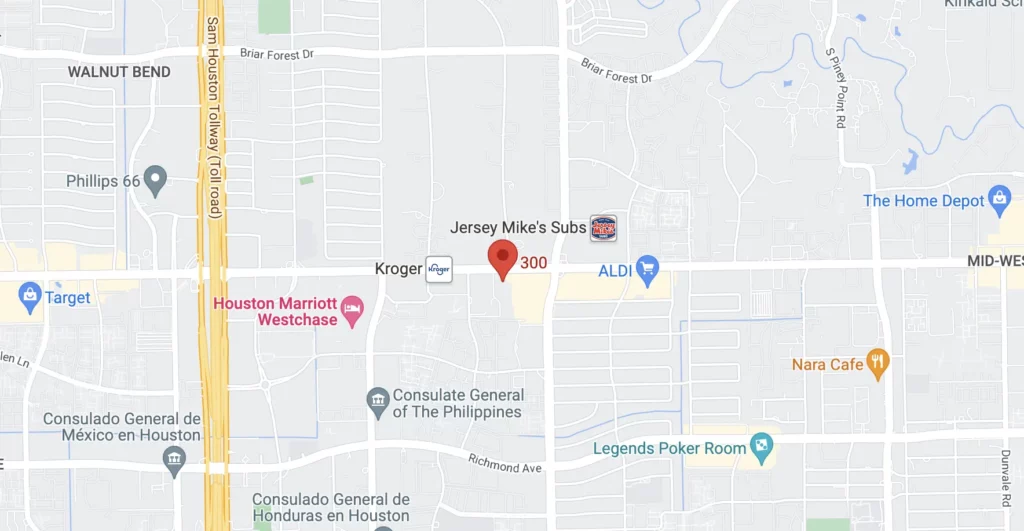Avoid Common Mistakes to Make the Most of Your CPR Certification
CPR, or Cardiopulmonary Resuscitation, is a lifesaving skill that everyone should know. Whether you’re a healthcare professional, teacher, parent, or simply a concerned citizen, understanding how to perform CPR correctly can make the difference between life and death in an emergency. This technique is designed to maintain blood flow to the brain and heart until emergency services arrive, giving a person a fighting chance when their heart stops.
Despite its importance, many people struggle with CPR. From improper technique to simple oversights, mistakes can reduce its effectiveness. Knowing the common pitfalls and how to avoid them not only boosts confidence but also ensures that CPR is as effective as possible in those critical moments.
Mistake 1: Improper Hand Placement
One of the most frequent errors is placing hands incorrectly during chest compressions. Hand placement matters because it targets the heart effectively, maximizing blood flow.
– Adults: Place the heel of your hand on the center of the person’s chest, right between the nipples. Interlock your fingers, keeping them off the ribs.
– Children: Use one hand on the center of the chest, avoiding excessive force.
– Infants: Use two fingers at the center of the chest, just below the nipple line.
Correct hand positioning varies with age, aiming to accommodate different body sizes while still applying necessary force directly over the heart.
Mistake 2: Not Pressing Hard Enough or Pressing Too Hard
Achieving the right compression depth in CPR is crucial. The rule of thumb involves pressing hard and fast, but precision matters.
– For adults, compress the chest at least two inches deep.
– For children, press about two inches but adjust based on the child’s size.
– For infants, the chest should be compressed about 1.5 inches.
Ensuring the right depth involves checking your form regularly. If possible, practice under supervised conditions to get feedback. This practical knowledge serves as a foundation so that when the time comes, your reactions are swift and effective.
Mistake 3: Inadequate Rescue Breaths
Rescue breaths are another critical part of CPR, designed to provide oxygen to the lungs when the victim is unable to breathe on their own. However, delivering these breaths effectively is a common stumbling block. Here’s how to get it right:
– Ensure the airway is open by tilting the head back slightly and lifting the chin.
– Pinch the nose shut for adults and older children.
– For infants, cover the nose and mouth entirely with your mouth.
– Give two gentle breaths, each lasting about one second, while watching the chest rise.
Common pitfalls include blowing too forcefully, leading to air entering the stomach instead of the lungs, or not opening the airway properly, which prevents air from entering. Regular practice helps reinforce these skills, making sure they’re second nature when needed most.
Mistake 4: Interrupting Compressions for Too Long
A steady rhythm during CPR is key to maintaining blood flow to vital organs. Unfortunately, many people pause compressions for too long, disrupting this critical process. The goal is continuous compressions with minimal interruptions.
– Keep a close eye on your timing. Short breaks, ideally less than 10 seconds, are permissible only for necessary tasks like rescue breaths or AED application.
– Develop a rhythm that allows smooth transitions between compressions and breaths.
– If you’re part of a team, coordinate actions to minimize downtime.
The challenge of balancing precision and speed is real, but practice can help integrate both aspects seamlessly. By maintaining a steady rhythm, you significantly boost the chances of reviving the person you’re trying to help.
Staying Prepared and Avoiding CPR Errors
Understanding and avoiding common CPR mistakes can significantly improve the effectiveness of your assistance during emergencies. Keeping these tips in mind prepares you not just for how to respond, but how to do so with confidence. Consider refreshing your knowledge regularly through certification classes that reinforce these essential skills.
If you’re looking to expand your knowledge or build confidence in your CPR abilities, consider classes in your area. They offer hands-on experience, professional guidance, and a community of learners. Whether it’s a First Aid + CPR combo or a specialized CPR certification tailored for healthcare providers, there’s a course available to meet your needs and help you stay prepared for any emergency situation.
Ready to take your skills to the next level? Embrace the confidence and knowledge that come from being well-prepared for emergencies. With Rapid CPR Houston, you can secure your CPR certification and be ready to make a difference when it matters most. Whether you’re a healthcare professional, educator, or just proactive about safety, our classes provide the essential training you need. Join us to enhance your life-saving skills and ensure you’re equipped to handle any situation with ease.





